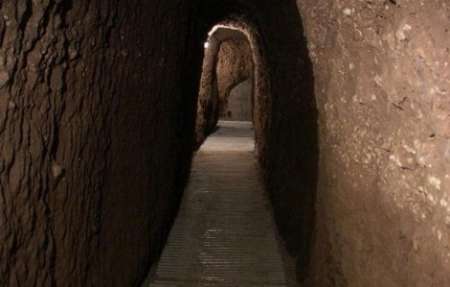
Mohammad Hassan Talebian recounted the process of submitting the dossier of 11 aqueducts for World Heritage Status enlistment.
The official said that the initiative seeks to respect the heritage, solve the water crisis, and move toward sustainable development.
“It is the first time that ICHHTO is submitting the dossier jointly with other organizations, as it also affects sustainable development.”
Talebian said the dossier of aqueducts would be discussed at the UNESCO summit in July 2016.
As an indigenous Iranian structure, aqueduct is a gently sloping underground channel with a series of vertical access shafts, used to transport water from an aquifer under a hill.
Aqueducts were first built circa 1000 BCE by Persians and were used to extract groundwater in the dry mountain basins in modern Iran. Known as one of the most sophisticated systems of traditional irrigation, aqueducts provide 75 percent of water used in modern Iran.
The aqueducts are great masterpiece of human beings. They have led to emergence of cities such as Kerman, Kashan, and Bam.

Add new comment